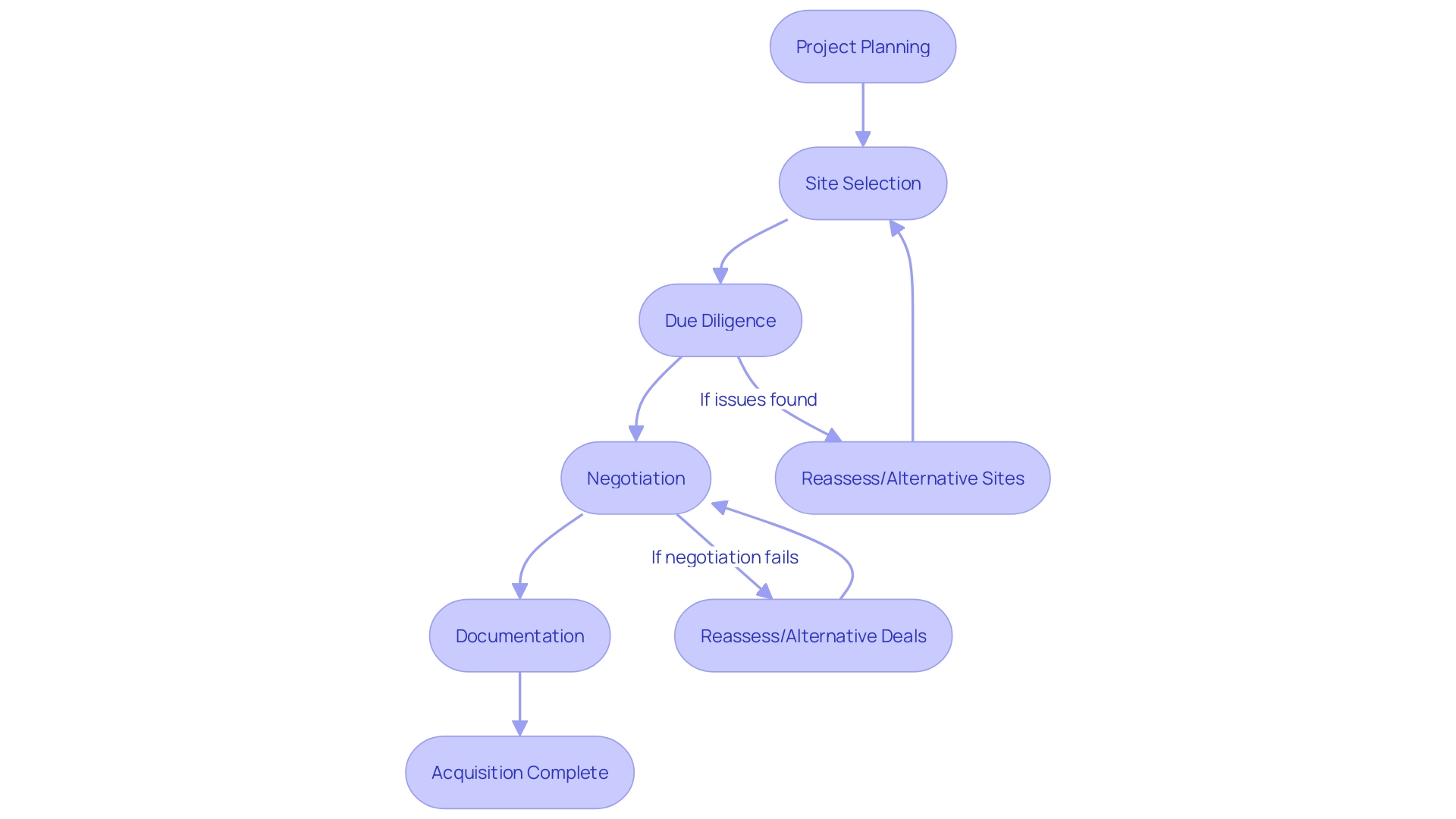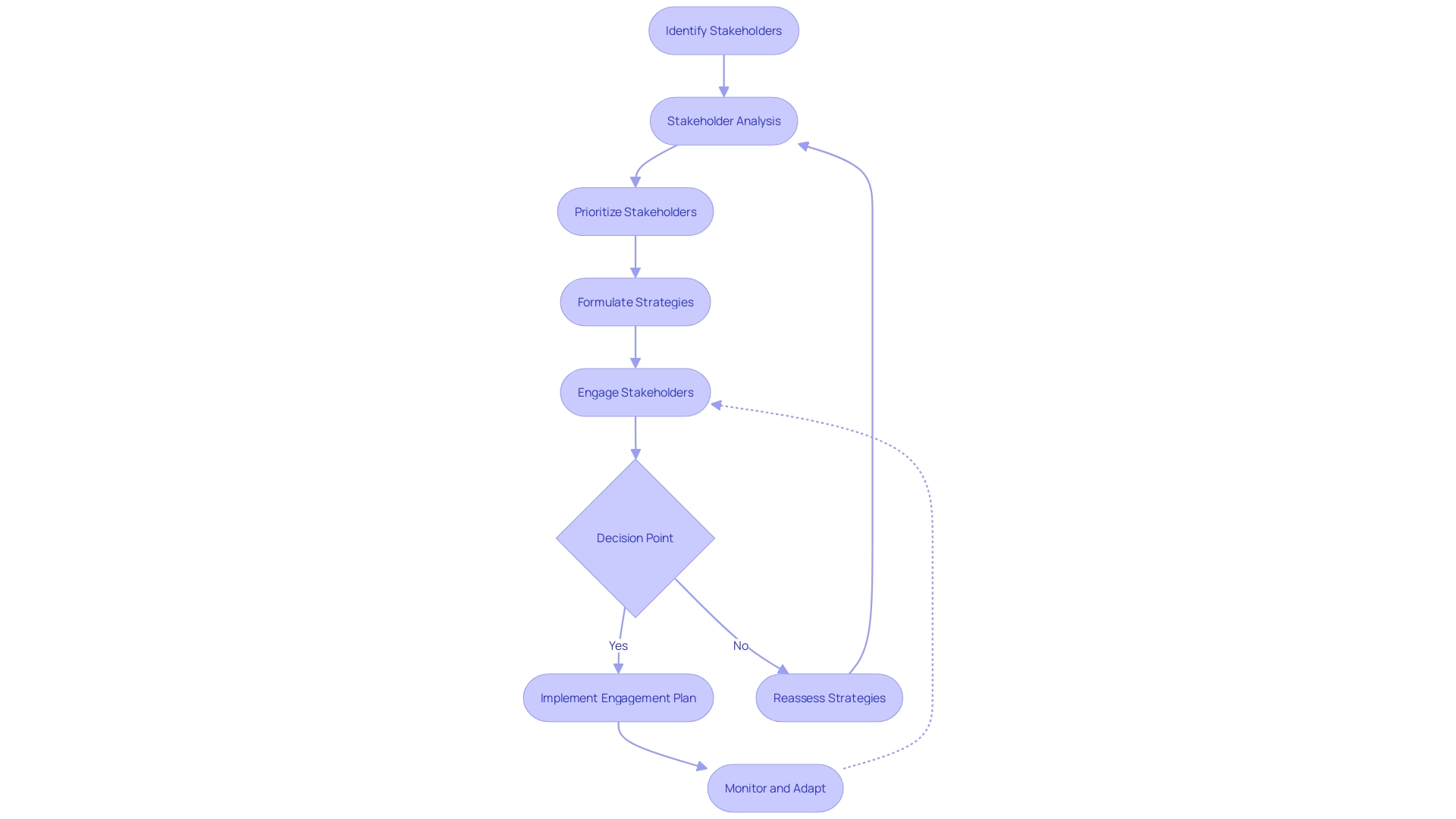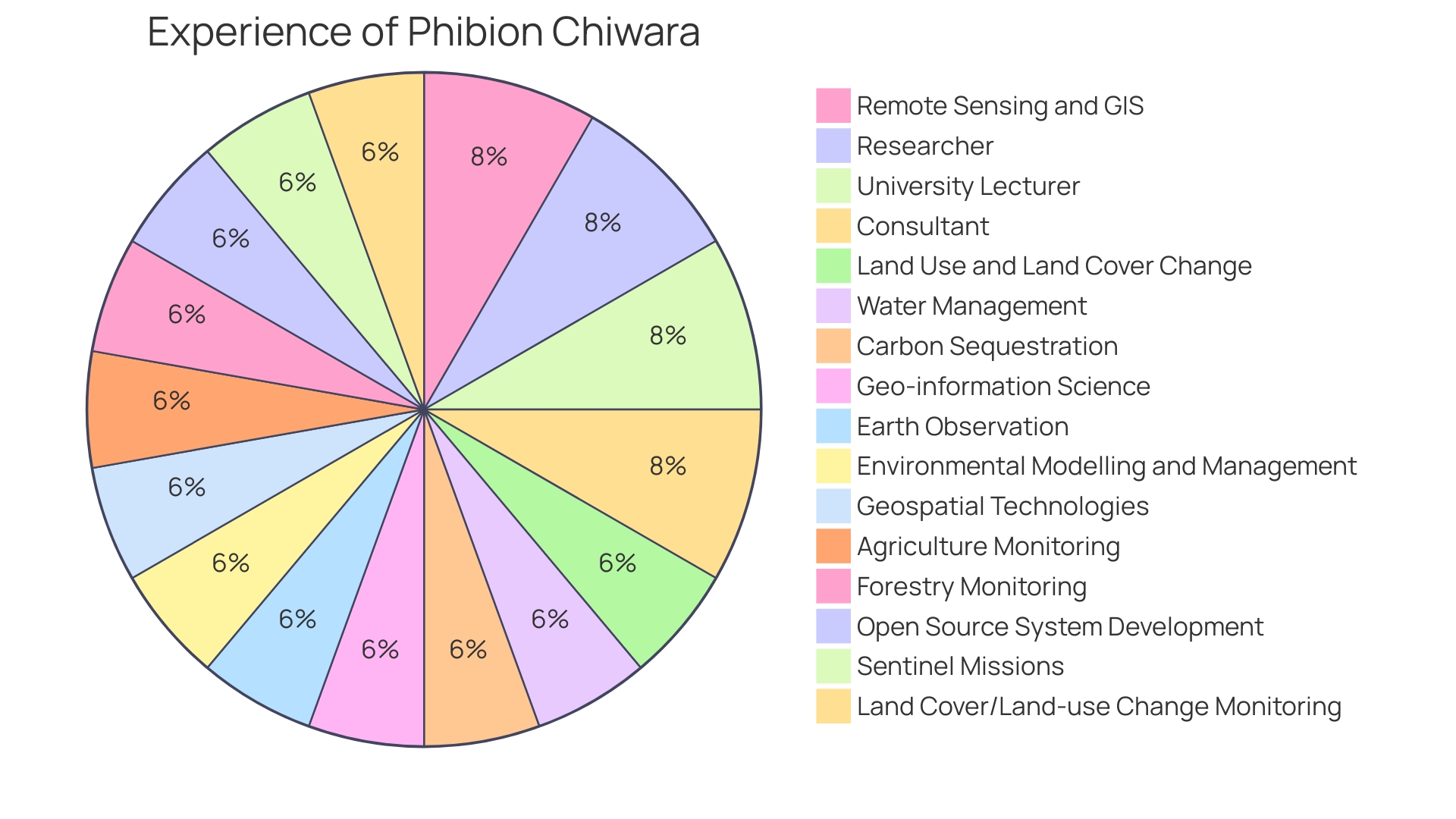Introduction
Land acquisition is a critical and complex process for energy and infrastructure projects, involving strategic planning, legal expertise, and stakeholder engagement. This article explores the importance of land acquisition in the energy sector, the key processes involved, the laws and regulations governing it, the role of technology, successful stakeholder engagement, overcoming challenges, embracing sustainable practices, and future trends and innovations. From negotiating with landowners to navigating legal frameworks and utilizing advanced GIS tools, the article delves into the nuances of securing land for development projects.
It also highlights the significance of sustainable land acquisition practices and the integration of technology in streamlining the process. Ultimately, this comprehensive overview emphasizes the need for a collaborative and strategic approach to land acquisition that balances legal, social, and environmental considerations, ensuring the successful realization of energy and infrastructure projects.
Understanding the Importance of Land Acquisition
Land acquisition is a critical step for the successful execution of energy and infrastructure projects, such as the construction of power plants, pipelines, highways, and renewable energy installations. Securing the right land is not just about location; it also involves navigating complex regulatory landscapes and addressing environmental and social considerations.
The process is marked by intricate negotiations as seen with hydraulic fracturing, where energy companies must gain access to minerals under private land. The study by Benjamin Farrer published in Nature Energy highlights the delicate balance between financial compensation and the landowners' concerns, which may range from potential health risks to environmental impact.
Moreover, renewable energy projects, despite their benefits, face stringent development regulations. For instance, solar array installations on desert land, which are less environmentally impactful than coal mining, still require extensive permitting processes. The development hurdles, including environmental assessments and compliance with laws such as NEPA, can add significant time and cost to projects.
This complexity is underscored by the case in Romania, where the commitment to the EU's 'Clean Energy for all Europeans' initiative demands a modern, flexible electricity market capable of integrating a high share of renewable energy. However, the pursuit of such projects can lead to land conflicts, as observed in India, where solar installations have competed with agricultural and natural ecosystems.
Investments in sustainable projects, like those by Eiffel Investment Group, aim for positive social and environmental impacts alongside financial returns. The group's diverse portfolio underlines the potential for responsible land acquisition strategies that support the transition to sustainable energy sources.
The importance of land acquisition in the energy sector is further highlighted by the recent collaboration between Great British Energy and the Crown Estate in the UK. This partnership aims to secure significant offshore wind seabed leases by 2030, illustrating the public sector's role in facilitating early-stage project development and potentially attracting more private funding.
In the face of these challenges and opportunities, land acquisition for energy and infrastructure projects remains a nuanced endeavor, requiring a synthesis of strategic planning, legal expertise, and stakeholder engagement to ensure the successful realization of development goals and a sustainable future.

Key Processes Involved in Land Acquisition
The journey of land acquisition for development projects encompasses a multifaceted series of steps that demand careful consideration and strategic execution. At the core of this process are project planning, site selection, due diligence, negotiation, and documentation, each a vital link in the chain of securing land for energy and infrastructure initiatives.
Project planning is an intricate dance of assessing potential impacts, economic viability, and future benefits. As demonstrated by Eiffel Investment Group's commitment to energy transition and sustainable investment, meticulous planning is key to realizing projects that not only yield financial returns but also contribute positively to society and the environment.
Site identification involves not just pinpointing a location but also understanding the myriad of local constraints, such as zoning laws and environmental regulations. For instance, Inicio's use of their Eywa algorithm exemplifies the precision required to harmonize renewable energy production with local agricultural activities and protected areas, ensuring minimum disruption.
Due diligence is further complicated by regulatory frameworks like NEPA and CEQA, which, while initially designed to ensure transparency and reduce environmental harm, can add years to project timelines and inflate costs due to extensive environmental impact assessments and the threat of litigation designed to delay development.
Negotiation is a delicate balance between the interests of energy companies and private landowners, as highlighted by the study on hydraulic fracturing negotiations published in Nature Energy. The process must navigate the concerns of landowners regarding health risks, compensation, and the collective pooling of mineral claims critical for the viability of a project.
Lastly, legal documentation solidifies the acquisition, but not without navigating the labyrinth of bureaucratic procedures and discretionary decision-making, reminiscent of the LPQ Raj era, which can significantly drive up real estate prices and stifle development.
Taken together, these processes form a comprehensive approach to land acquisition that is both complex and critical for the growth of sustainable energy and infrastructure projects. This approach is seen in action with the removal of hydroelectric dams on the Klamath River, a project celebrated for its restoration of salmon populations and the river's ecosystem, epitomizing the potential for infrastructure projects to harmonize with the environment and local communities.

Laws and Regulations Governing Land Acquisition
Navigating the multifaceted landscape of land acquisition requires a deep understanding of the various laws and regulations that govern this process. These legal frameworks can vary significantly across different jurisdictions, reflecting a complex tapestry of colonial, post-colonial, and contemporary influences. For instance, recent legislative changes in Hanoi showcase the evolving nature of land laws, with the amended Land Law and Law on Credit Institutions being passed, highlighting the importance of these laws in a country's socio-economic development.
Environmental considerations are increasingly at the forefront of land acquisition discussions. The intricate balance between advancing infrastructure and conserving the environment is encapsulated in laws that originated in the 1970s, aimed at fostering a cleaner environment. However, the same environmental statutes can inadvertently pose challenges to the development of 'green' infrastructure, as they may also slow down projects that are environmentally beneficial.
In the realm of zoning laws and property rights, the legal landscape is equally complex. For example, a study on energy companies' negotiations with landowners for hydraulic fracturing rights illustrates the tension between private property rights and the collective need for resource development. The concept of 'compulsory unitization' can emerge as a contentious issue, where individual landowners' decisions can significantly impact larger economic activities.
When it comes to eminent domain and compensation, a nuanced understanding of the rights of both landowners and developers is critical. The negotiation process must take into account not only the economic value of the land but also the social and environmental implications of its acquisition.
Finally, the integration of real-world assets with blockchain technology through tokenization introduces a fresh perspective on land rights and ownership. This innovative approach requires a strong legal framework to protect the rights of digital token holders, ensuring these rights are both legally recognized and effectively safeguarded against a spectrum of risks.
Overall, professionals involved in land acquisition must stay abreast of the dynamic legal environment that shapes land ownership, management, and development. By understanding the historical context and current trends, practitioners can navigate the legal complexities of land acquisition with greater clarity and foresight.

Utilizing Technology in Land Acquisition
Embracing cutting-edge technology is revolutionizing land acquisition for energy and infrastructure projects. Geographic Information Systems (GIS), when applied to solar power plant development, have been a game changer. For instance, Inicio's Eywa algorithm is adept at pinpointing optimal locations for solar installations while respecting local agricultural activities and constraints like visibility from nearby homes and historical sites. This precision is crucial in the early stages of site selection, far before any field visits commence.
Leveraging advanced GIS tools, developers can conduct 'Viewshed analysis' to assess potential visibility issues, a critical factor in the planning and approval process. This technology facilitates faster, more accurate assessments compared to traditional methods such as manual inspection of huge datasets. In the broader context, technology's role in the energy sector is substantial. As BP Inc.'s net-zero commitment illustrates, the shift towards green energy requires innovative solutions to reduce fossil fuel dependence.
Simulation software is also transforming how engineers interact with aging power grid infrastructures, allowing for the modeling of grid capacity to accommodate new energy resources. The development of digital twin models, powered by increased computational capabilities, enables proactive equipment maintenance and upgrades, enhancing the longevity and efficiency of energy assets.
Moreover, expert insights underscore the importance of integrating diverse technologies to navigate complex scenarios. Sandeep Dave, Chief Digital and Technology Officer at CBRE, emphasizes that the convergence of energy, efficiency, and experience through platforms like Smart FM Solutions is crucial for optimizing the use of data in building management. This approach is echoed in agriculture, where combining various technologies results in comprehensive systems that exceed the value of their individual components.
Statistical data availability from sources like FAO's open data practices, including the Hand in Hand Geospatial Platform, enriches the knowledge base for informed agricultural decisions. AI research institutes, supported by partnerships and funding, are making strides in precision agriculture technologies, leading to increased profits and reduced input usage for farmers.
Overall, the synergy of GIS mapping, AI, and simulation software not only accelerates the land acquisition process but also aligns with the sustainable development goals of modern energy and infrastructure projects.

Ensuring Successful Stakeholder Engagement
Stakeholder management is integral to the land acquisition process, as it involves a diverse set of individuals and organizations, each with their unique objectives and concerns. A thorough stakeholder analysis is paramount, as it lays the groundwork for understanding the varying influences and expectations surrounding a project. By identifying and prioritizing stakeholders, strategies can be formulated to address their interests proactively, fostering a supportive and cooperative environment.
In the Lotus Wind Power Project, for instance, the collaboration with local stakeholders was pivotal. The project provided stable income and empowerment for locals like Ho Thi My Nhung, highlighting the importance of aligning project goals with stakeholder welfare. Similarly, Tran Huu Nam's experience with the project underscores the dual benefit of compensating landowners fairly while contributing to broader community development through improved infrastructure and services.
The Zambian Lusaka Renewable Energy Project exemplifies how stakeholder analysis and management can lead to substantial socio-economic benefits, including job creation and enhanced services. By involving partners like the NDC Partnership and UNFCCC, the project aligns with national goals while also meeting stakeholder expectations.
Furthermore, open data plays a crucial role in equitable stakeholder engagement. Effective data use ensures transparency and empowers even the most vulnerable, as seen in the empowerment of First Nations in Canada. However, without necessary interventions, there is a risk that open data may widen the inequality gap, as evidenced by the digitization of land records in Bangalore, which favored more affluent groups.
The successful management of stakeholders, therefore, requires a balanced approach that considers the needs and outcomes of all parties, supported by accessible and effectively used data. This approach not only aids in minimizing potential conflicts but also enhances the overall value and impact of land acquisition projects.

Overcoming Challenges in Land Acquisition
The acquisition of land for energy and infrastructure projects is a multifaceted endeavor facing numerous challenges. Key among these are the intricacies of legal frameworks, the diverse interests of stakeholders, and occasionally, public dissent. These hurdles are not insurmountable, however, and with astute strategies, obstacles can be navigated to ensure the advancement of crucial development projects.
One significant aspect of land acquisition is the negotiation process with landowners, as highlighted in a study published in Nature Energy, which detailed the complexities energy companies face when securing land for hydraulic fracturing. The research underscored that such negotiations are often hindered by various factors, including health concerns, financial expectations, or the sheer difficulty of reaching an agreement with the landowners.
Moreover, the emergence of renewable energy projects, such as solar farms, has introduced new land-use and biodiversity considerations that can stall developments. An agreement facilitated by the Stanford Woods Institute for the Environment and other stakeholders exemplifies the potential for collaborative frameworks to resolve these issues. By prioritizing public participation early in the siting process, conflicts may be mitigated, thereby expediting the deployment of renewable energy and contributing to climate change mitigation efforts.
The transformation required for the energy transition further complicates land acquisition. As reported by the International Energy Agency, the transition necessitates the overhaul of seven critical domains of the energy system. This transformation involves scaling low-emission technologies and establishing supply chains, which, in turn, demands considerable land acquisition for new infrastructure.
Amid these challenges, the need for effective siting and permitting processes becomes evident. An illustrative comment from a director of development for RES Group, a renewable-energy facilities builder, encapsulated the dilemma of locating suitable sites for wind and solar installations, which must be both geographically and environmentally optimal to be viable.
In summary, the path forward in land acquisition for energy and infrastructure projects lies in acknowledging the complexities involved and adopting a collaborative, strategic approach that balances legal, social, and environmental considerations with the pressing need for energy transformation.

Embracing Sustainable Land Acquisition Practices
Sustainable land acquisition is at the forefront of modern development, integrating practices that not only preserve but enhance environmental and social conditions. Key to this approach is the implementation of ecosystem-based adaptation (eBa) strategies that utilize biodiversity and ecosystem services to help communities withstand the impacts of climate change. This includes the conservation, management, and restoration of ecosystems, ensuring that land use is beneficial for both people and the environment. These strategies emphasize the crucial role that healthy ecosystems play in providing adaptive services, which are essential in the face of climatic fluctuations.
Taking cues from the LAND-at-scale program, sustainable land acquisition endeavors to achieve equitable tenure security and access to land and natural resources. Acknowledging the intrinsic connection between climate change, land use, and land governance, the program underscores the significance of scaling successful initiatives and enhancing knowledge and learning. It advocates for locally-led adaptation (LLA), where local communities' knowledge of their needs and challenges is paramount, thus empowering them to guide the adaptation process with authority and insight.
Recent interventions by industrial giants like BP Inc. reflect a broader commitment to sustainability, setting ambitious goals to achieve net-zero emissions. Similarly, the energy sector is undergoing a significant transition with a focus on reducing emissions and promoting gender equity in green energy jobs. Innovative solutions like floating solar farms in Southeast Asia demonstrate adaptations to land scarcity, underscoring the global momentum towards sustainable practices.
Experts like Kaitlyn Spangler and Lauren McPhillips from Penn State University are investigating ways to increase biodiversity in agricultural landscapes and how these changes impact communities. Their research is instrumental in understanding and applying nature-based solutions for water and soils management, contributing to a more sustainable approach to land development.
The urgency of sustainable land acquisition is further highlighted by UN figures estimating that 45% of the land surface is affected by desertification, impacting 3.2 billion people. This dire situation calls for immediate action to halt land degradation and restore vast areas of land, emphasizing the need for secure land tenure to foster sustainability and prevent conflicts.
Incorporating community engagement initiatives into land acquisition processes is not only a matter of social responsibility but also a strategic move to ensure the long-term viability and acceptance of development projects. By prioritizing sustainable land management and community-led adaptation strategies, organizations can solidify their reputation as responsible stewards of the environment and advocates for social progress.
Future Trends and Innovations in Land Acquisition
Technological advancements have significantly transformed the landscape of land acquisition. Groundbreaking tools like Aumsat, developed by Riddhish Soni, showcase how space technology can be repurposed to address terrestrial challenges, such as water scarcity. Aumsat's remote sensing capabilities allow for the efficient assessment of vast land areas, aiding in the detection of water sources and pipeline leaks, which is critical for resource management and conservation.
The integration of this technology demonstrates a shift towards more innovative and sustainable approaches to land management. With Aumsat's impressive 90% accuracy rate, the technology also exemplifies how precision and reliability are becoming staples in the field. This is reinforced by a business model that leverages a web-based platform for precision-farming, showing how digital solutions are reshaping agriculture.
Additionally, the Local Adaptation Champions Awards, an initiative highlighting business adaptation solutions to climate-related vulnerabilities, underscores the growing importance of local, scalable efforts in land adaptation. The awards, which garnered over 500 global applications, recognize the need for innovation in addressing climate change impacts, increasing community resilience.
In the realm of urban planning, there is an emerging trend of rethinking transportation systems to move away from car-centric planning. With e-bike sales surpassing $1.3 billion in 2022 and the popularity of bike-sharing programs rising, the demand for more sustainable, equitable, and efficient transportation options is clear. This shift is not only a response to societal demand but also an adaptation to environmental imperatives, as cities grapple with increasing inequities and community impact.
These evolving trends in land acquisition and management are indicative of a broader movement towards integrating technology, sustainability, and community-focused approaches. As organizations navigate this changing terrain, staying informed and adaptable to these advancements is key to future success.

Conclusion
Land acquisition is a critical and complex process for energy and infrastructure projects. The article highlights the need for a collaborative and strategic approach that balances legal, social, and environmental considerations to ensure successful project realization. Key processes involved in land acquisition include project planning, site selection, due diligence, negotiation, and documentation.
Understanding the laws and regulations governing land acquisition is vital, as legal frameworks can vary across jurisdictions. Embracing technology, such as Geographic Information Systems (GIS), revolutionizes the process, enabling precise site selection and faster assessments. Successful stakeholder engagement is integral, requiring thorough analysis and prioritization.
Land acquisition faces challenges, including negotiation complexities and land-use considerations. However, with astute strategies and collaborative approaches, these challenges can be overcome. Sustainable land acquisition practices integrate ecosystem-based adaptation strategies, promoting climate change resilience.
Future trends and innovations include repurposing space technology and precision farming.
In conclusion, a collaborative and strategic approach is crucial in land acquisition for energy and infrastructure projects. Understanding legal frameworks, embracing technology, and engaging stakeholders effectively are key to success. Overcoming challenges and adopting sustainable practices contribute to a more efficient and resilient land acquisition process.




